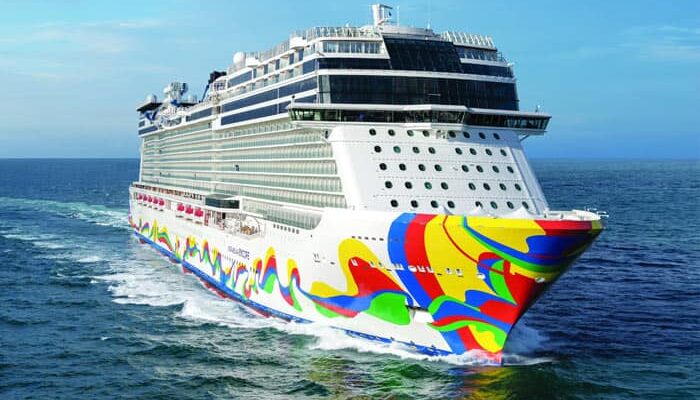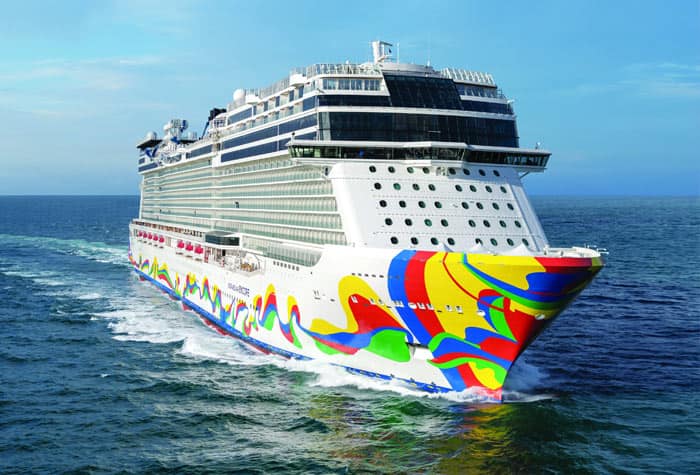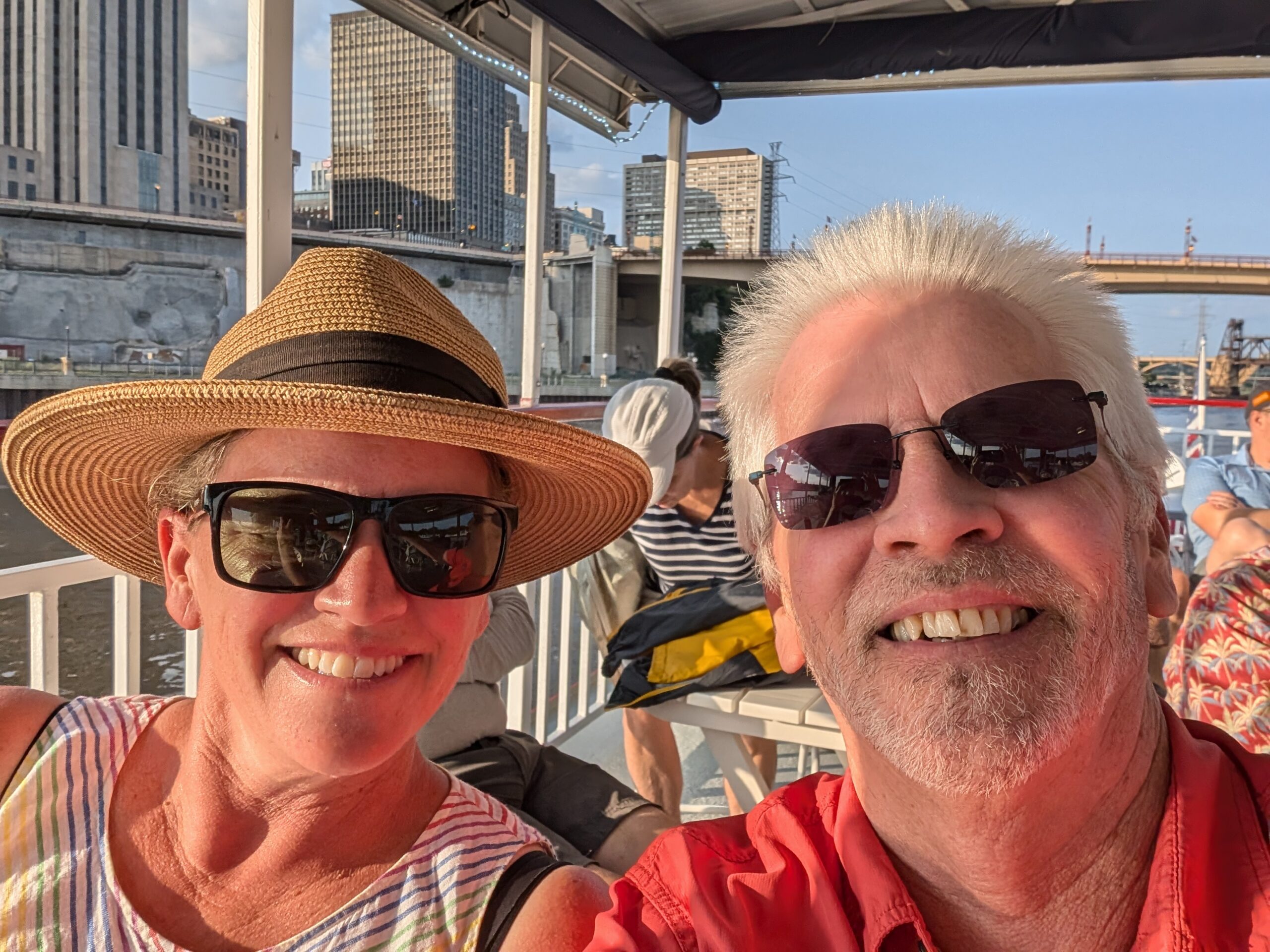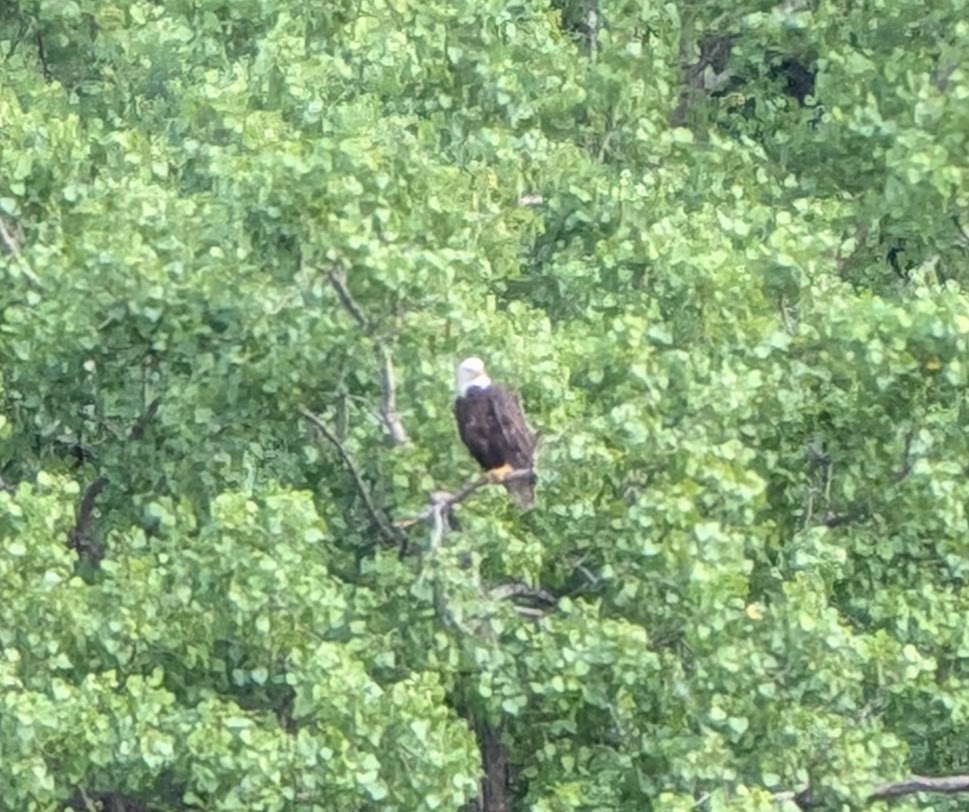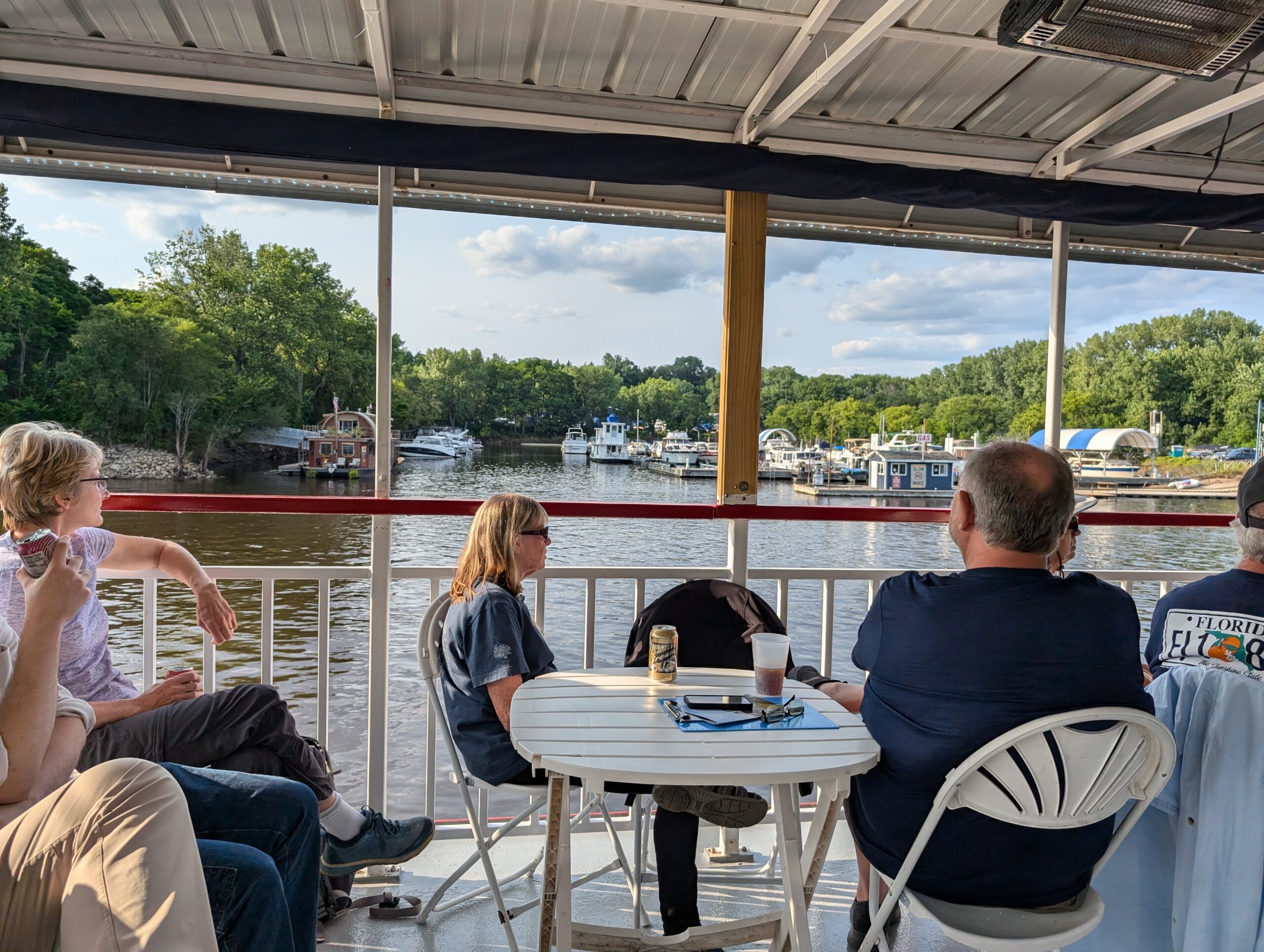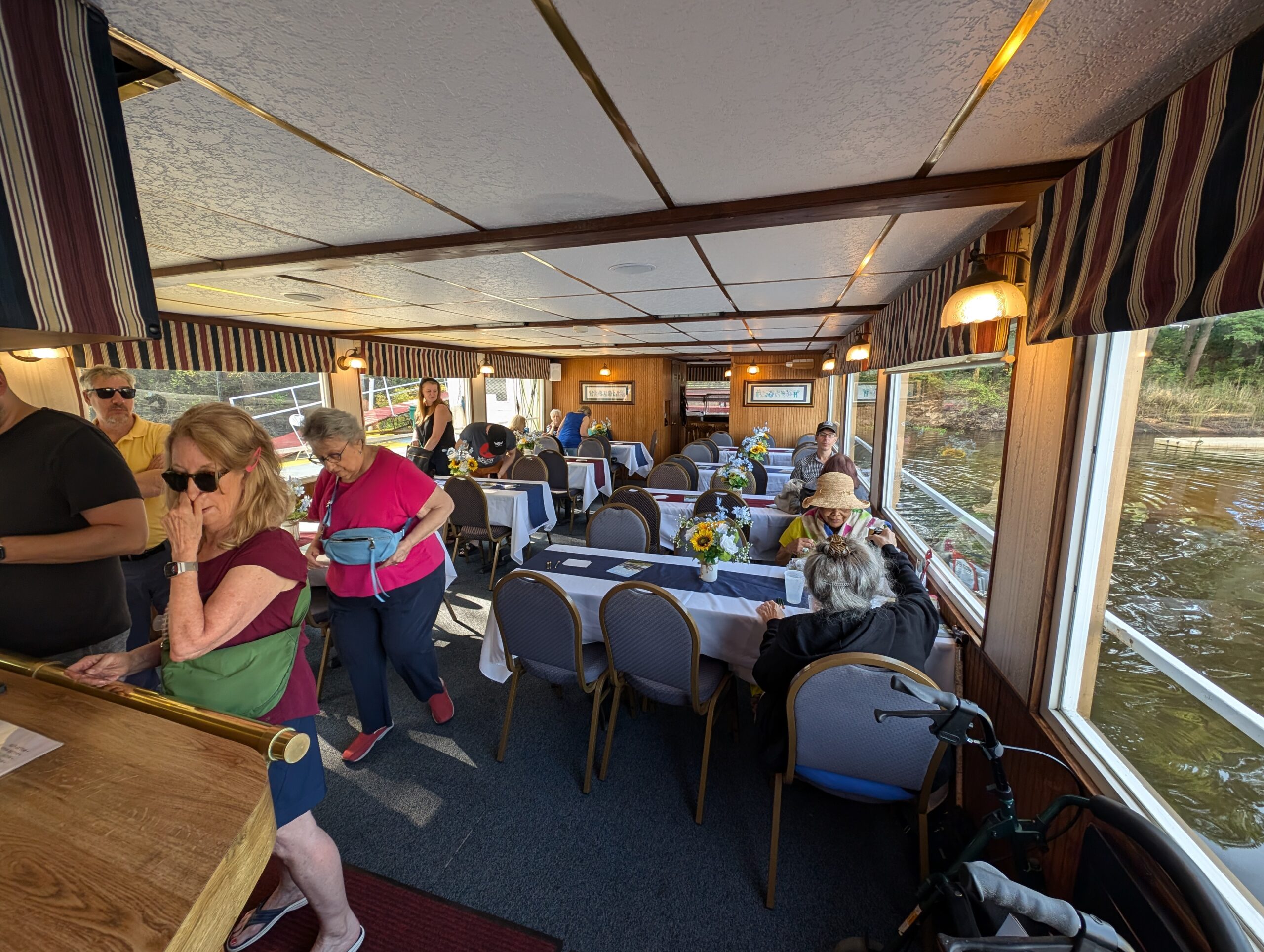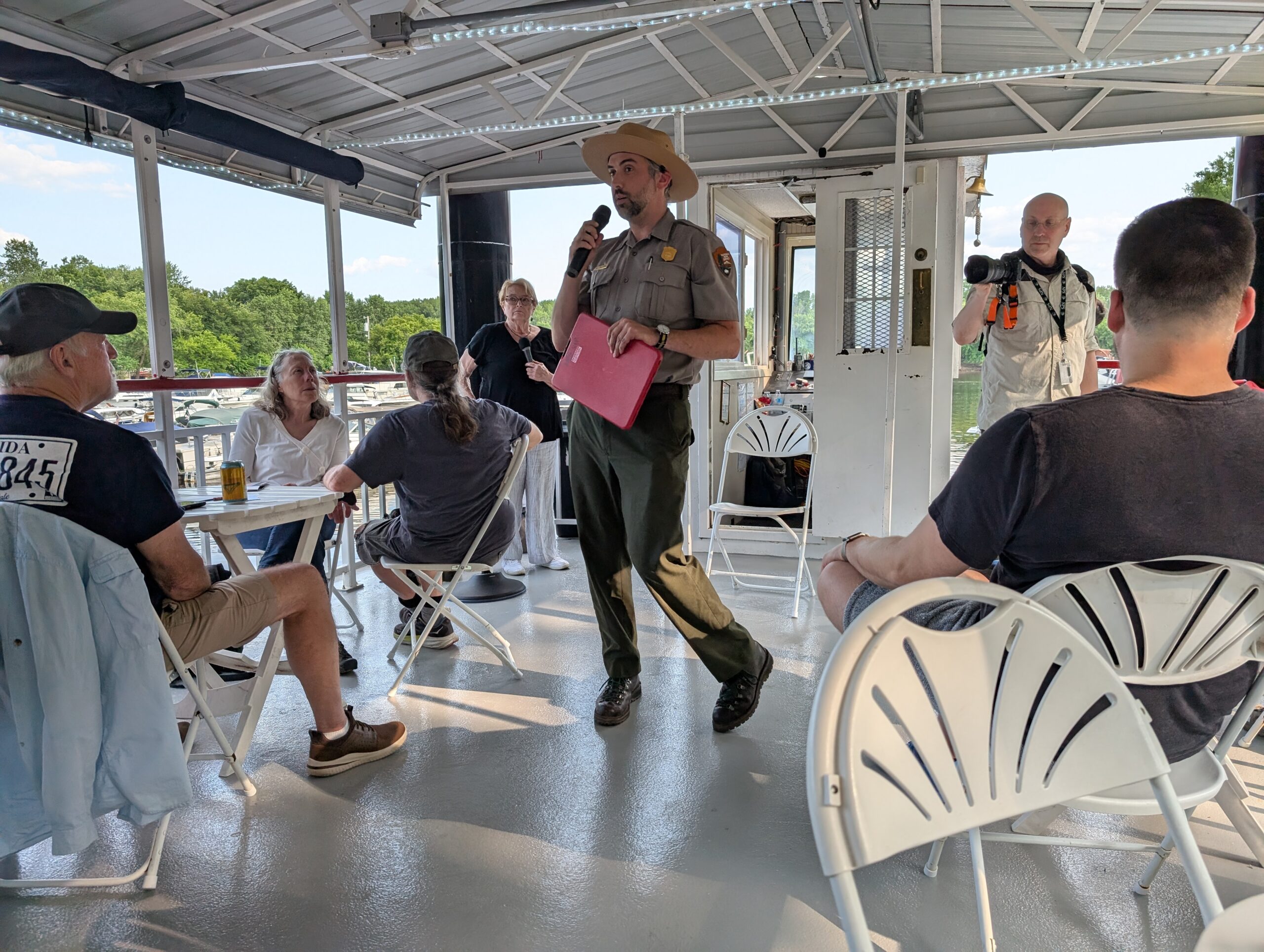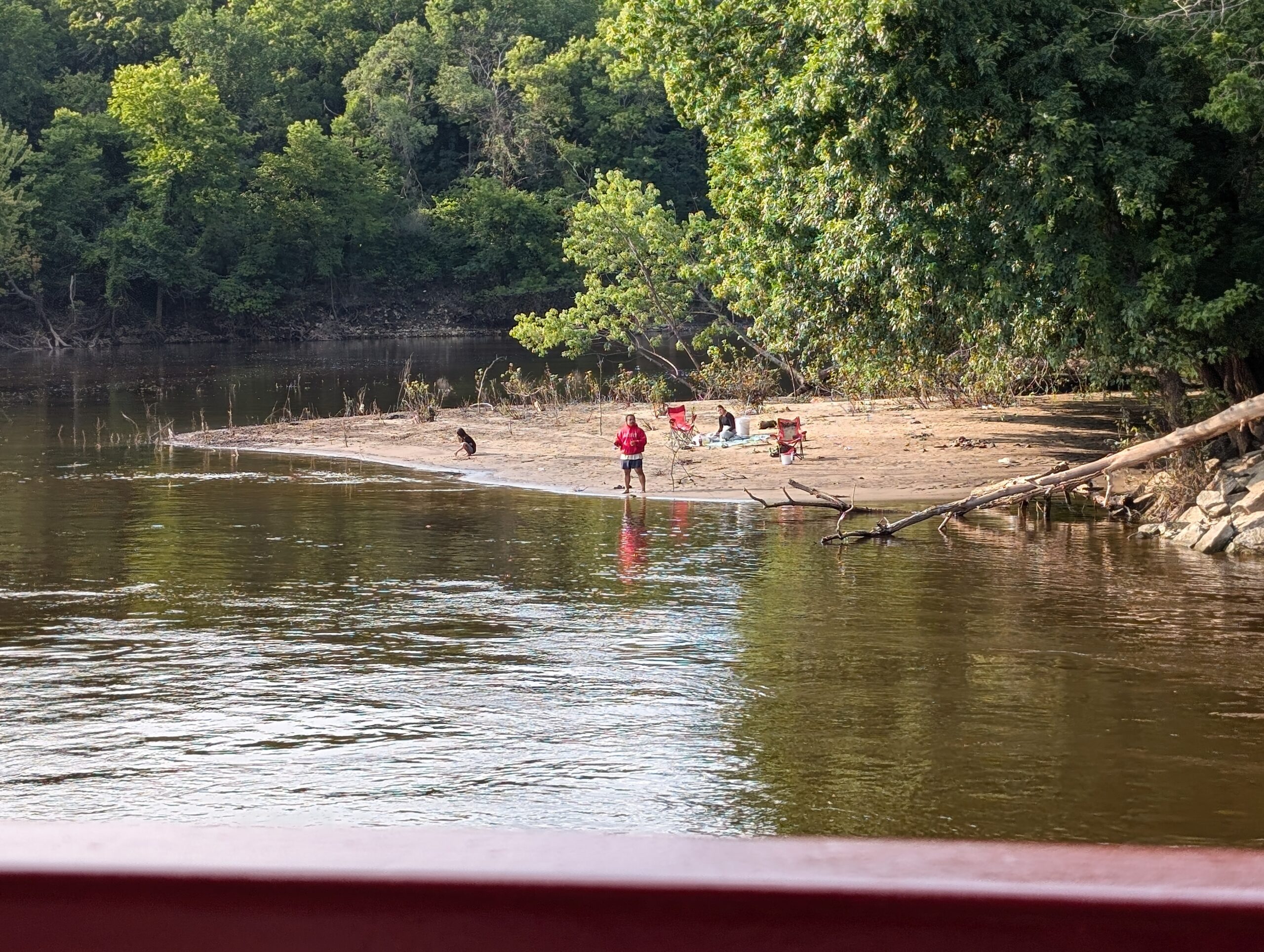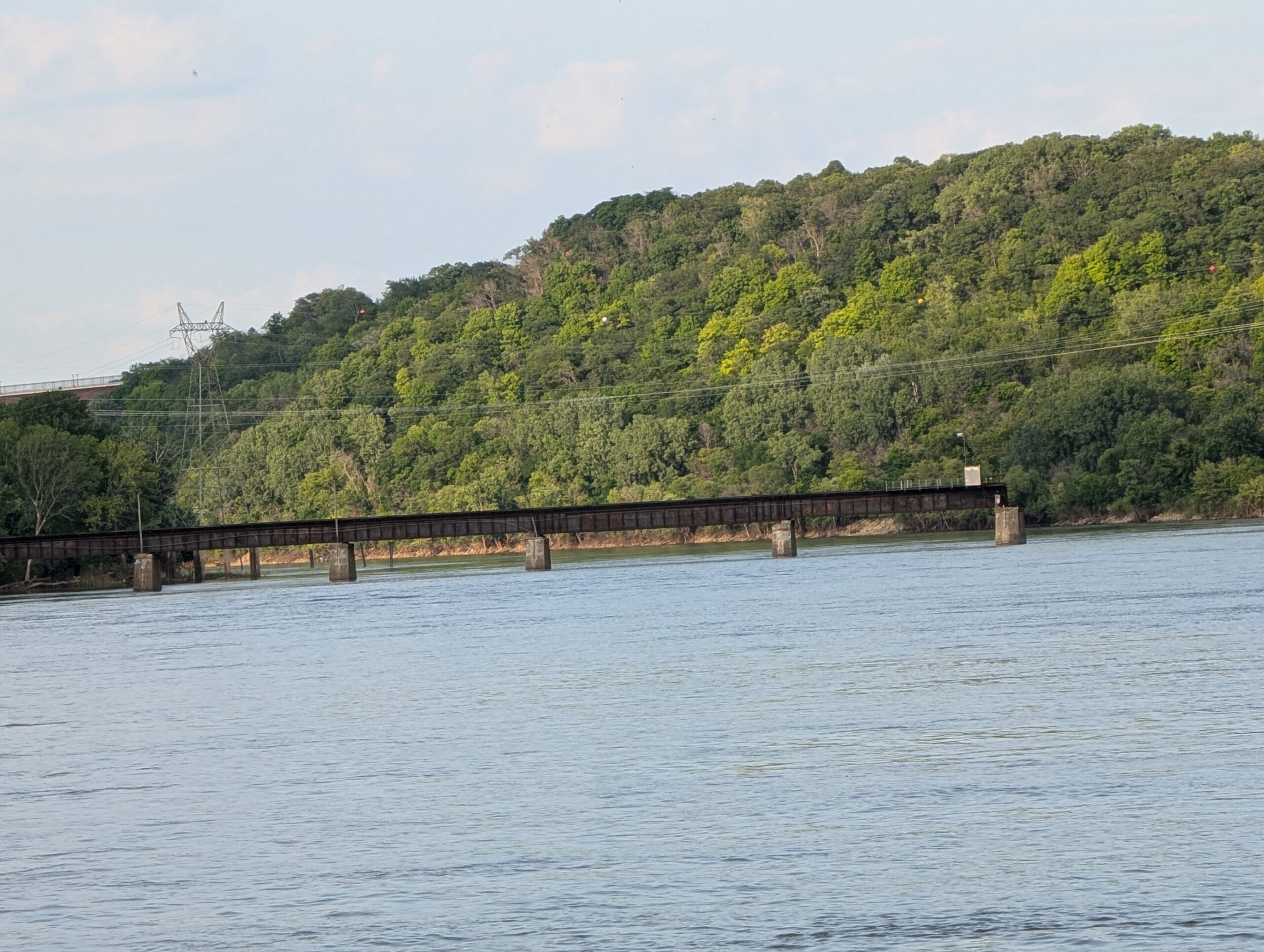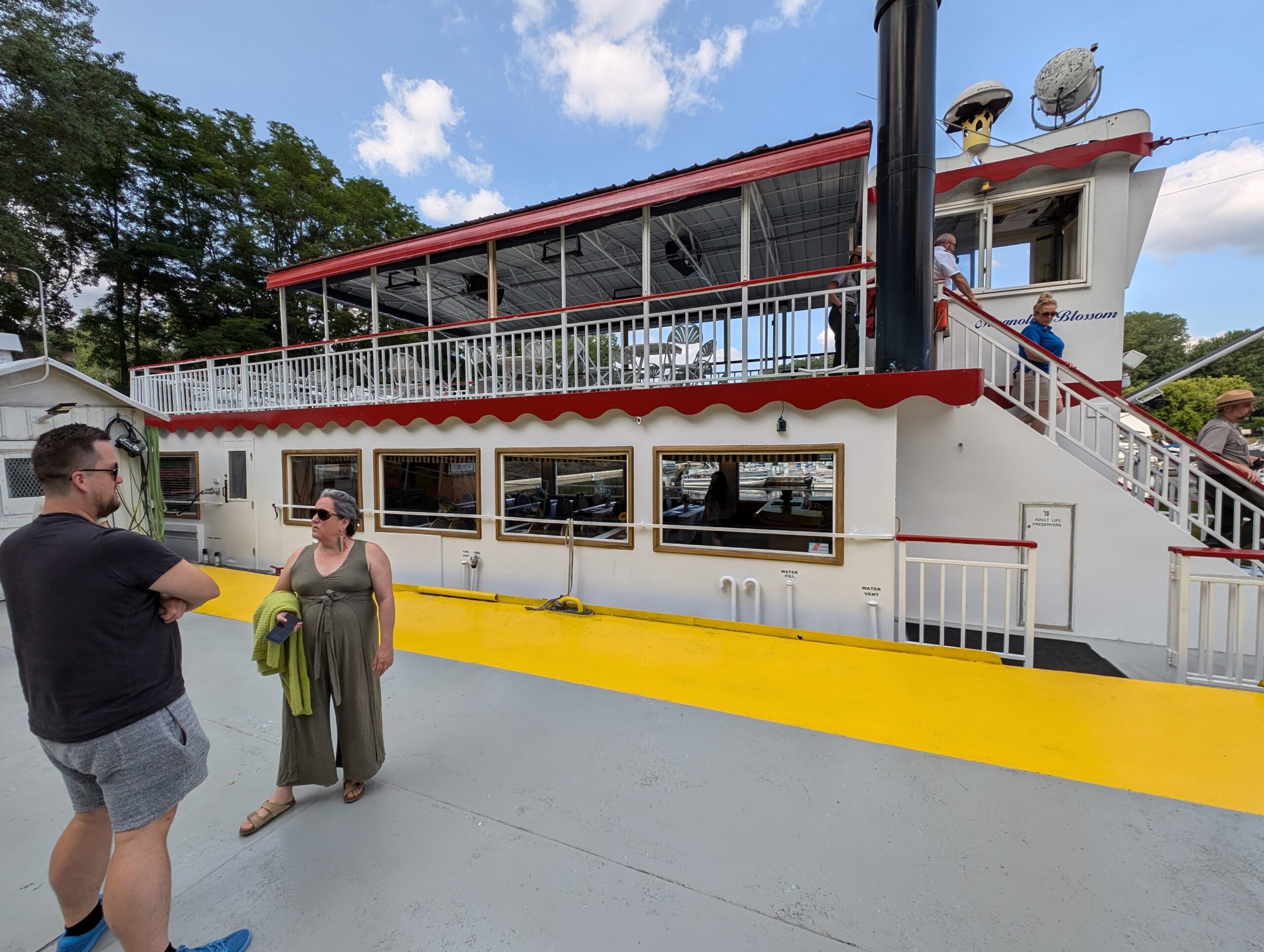
For some odd reason, I’m fascinated with the status of the Villa Vie Residences’ Odyssey ship, still in port in Belfast waiting for repairs to be completed to set sail on its 3½ year Villa Vie Residences’ Odyssey world cruise. Here is the article:
Passengers set for world’s first continual cruise after repair delay in Belfast
VOYAGE TO ALL 7 CONTINENTS
-
RentingPrices start at $89 per person per day for an inside cabin, $119 per person per day for an outside cabin, and $199 per person per day for a balcony cabin. This includes food, biweekly laundry service, weekly housekeeping, and internet service. Shore excursions, spa treatments, and bar services are available at an added charge.
-
BuyingPrices start at $99,000 for an internal cabin and $249,000 for a balcony. There’s also a monthly fee ranging from $21,000 to $48,000 per year. Buying a cabin guarantees it for 15 years, which is the estimated life of the ship.
Could any of you see yourselves renting or buying one of these cabins? Undoubtedly, many passengers have sold their homes and are using their equity to purchase since leaving one’s home for such an extended period may not be practical. Others may rent their homes to family members or a rental agency. Others may tap their retirement savings or other assets to pay the cost.
And some more wealthy individuals/couples may pay the entire amount in cash or on a credit card (for the points).
I suppose passengers choosing to embark on this type of cruise may not consider it any more outlandish than what we’ve done for the past 12 years. However, they’ve had the advantage of not having to move their luggage any more often than every 3½ years. Interesting, eh?
Be well.
Photo from ten years ago today, November 9, 2014:½
 |
| As we stood at the cliff, the ocean swirled at the shoreline. Although it was difficult to see here, the color was a beautiful aquamarine. For more photos, please click here. |















